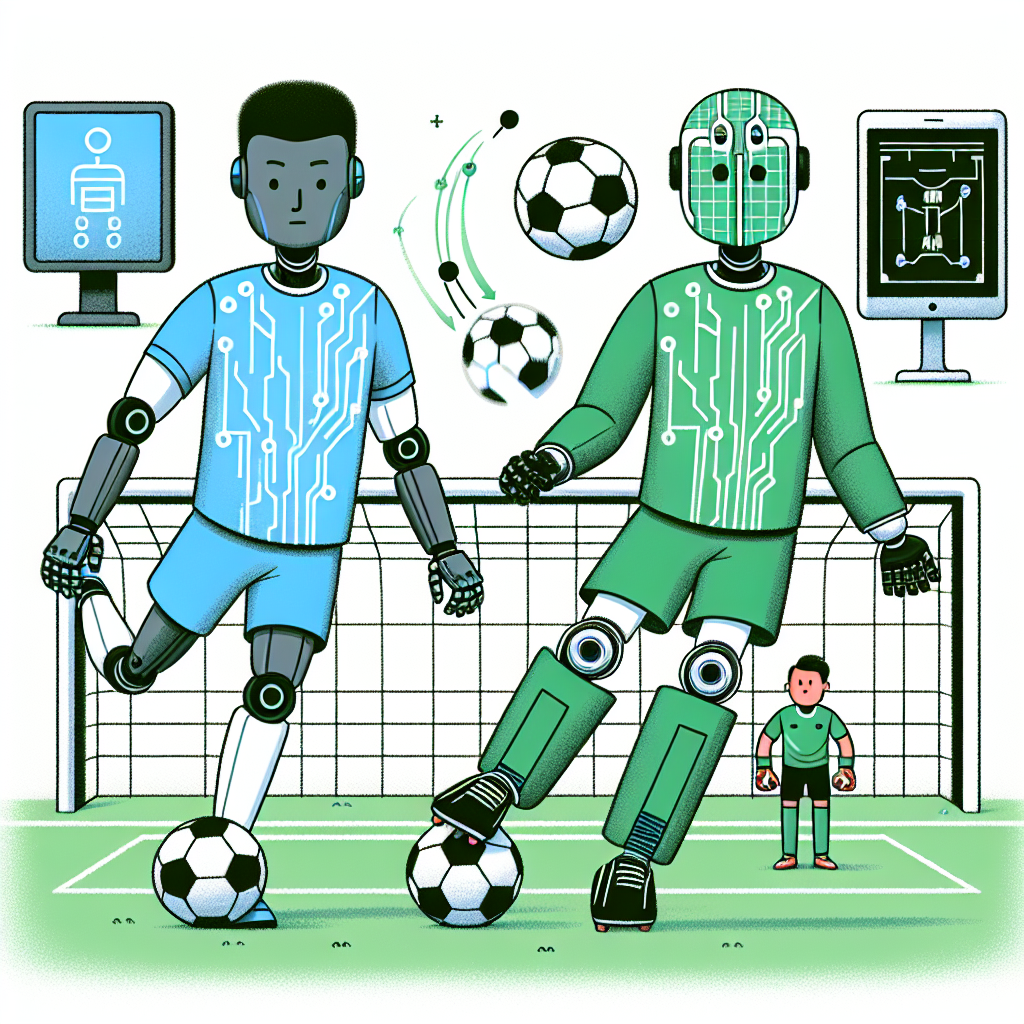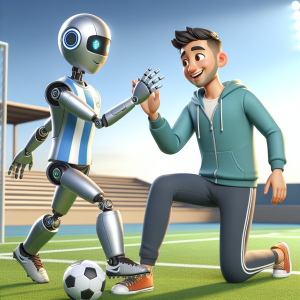
Reinforcement Learning and Soccer Robotics
Recent advancements in reinforcement learning are paving the way for robotics to become a major player in the world of soccer. With robots that teach themselves to score and execute defensive maneuvers by mimicking human players, the potential applications of AI in sports are vast. These developments, which have the potential to revolutionize the way sports teams train their athletes, deserve attention due to their implications on performance analysis and athletic development.
A study discussed on Science News explains that reinforcement learning techniques are foundational to the integration of robots into real-world environments like a soccer field. This technology is not only about interaction but the ability to learn and adapt in dynamic settings (Science News). By observing repetitive play scenarios, robots are able to hone skills that once seemed uniquely human, leading to smarter and more efficient training modules for human athletes.
Soccer Performance and AI Impact
The intersection of science and soccer is also evident in various other aspects of the game. A fascinating study highlighted by NASA shows that a new cooling system employing evaporation makes artificial turf more player-friendly (Science News Explores). This innovation has reduced heat retention on synthetic fields, thus lowering the risk of heat exhaustion during games.
The psychological elements of soccer also draw scientific interest. During the pandemic, ‘ghost games’—matches without fans—indicated the significant psychological influence fans have on players’ performance and referees’ decisions. Studies concluded that without the roaring support of the home crowd, there was a marked decrease in the home team’s usual advantage (Science News).
The Effect of Soccer on Cognitive Health
Another critical dimension of soccer science relates to the health and safety of players, especially concerning brain health. Recent findings show how frequent heading of the ball can lead to damage in brain regions affected by chronic traumatic encephalopathy (CTE), a degenerative brain condition often associated with repeated head trauma (ScienceDaily). These revelations have spurred calls for changes in how soccer is played and its regulations to protect athletes’ long-term health.
Conclusion
The integration of AI and scientific research into soccer is transforming the game at every level. From enhancing performance through robotics and AI-driven training, improving player safety with new materials and rules, to understanding the psychological impacts of the sport, soccer science is a growing field with the potential to change the game entirely.
As we continue to explore these advancements, stakeholders must commit to ethical practices that prioritize the athletes’ health and well-being, ensuring that the love for the game remains at its core.


